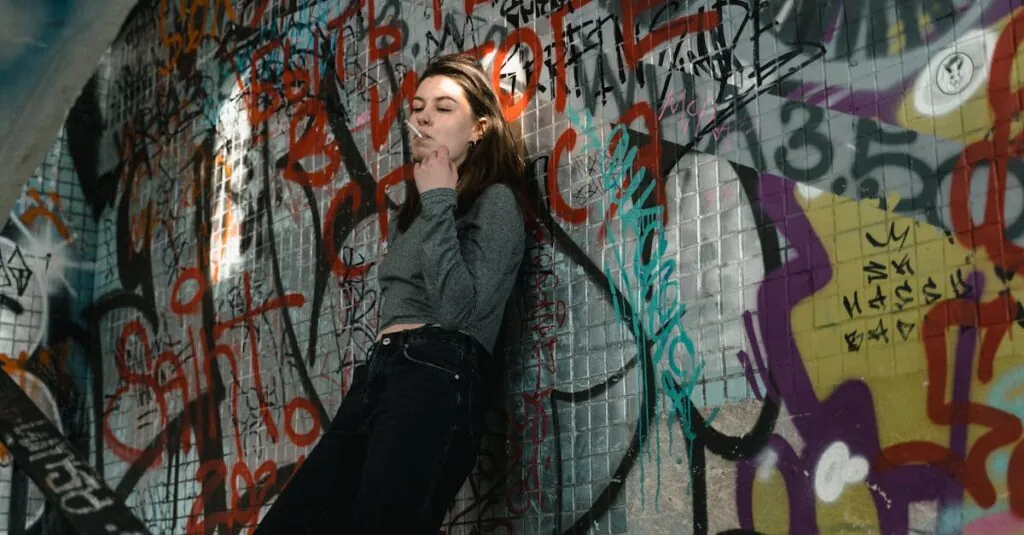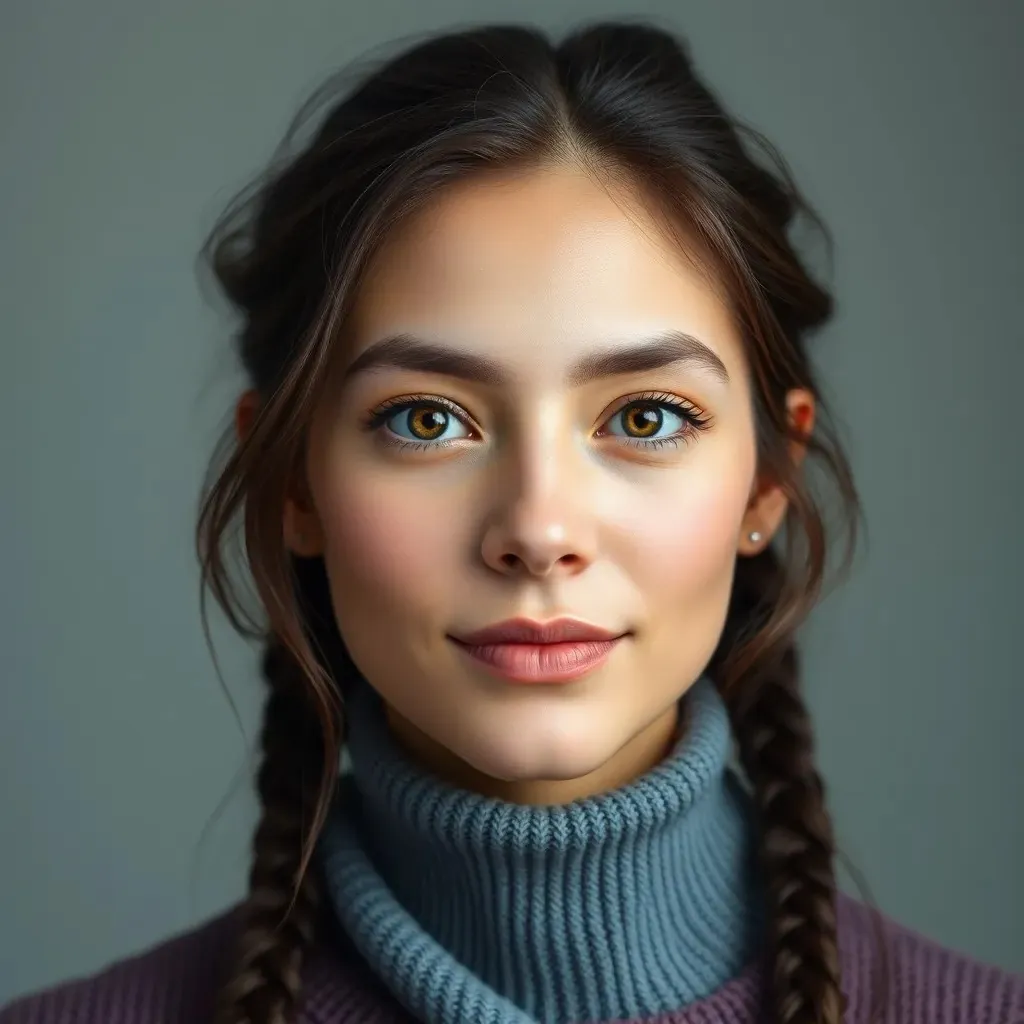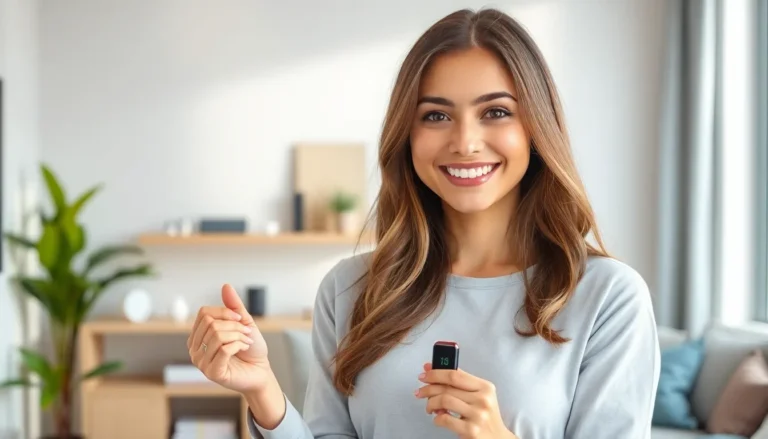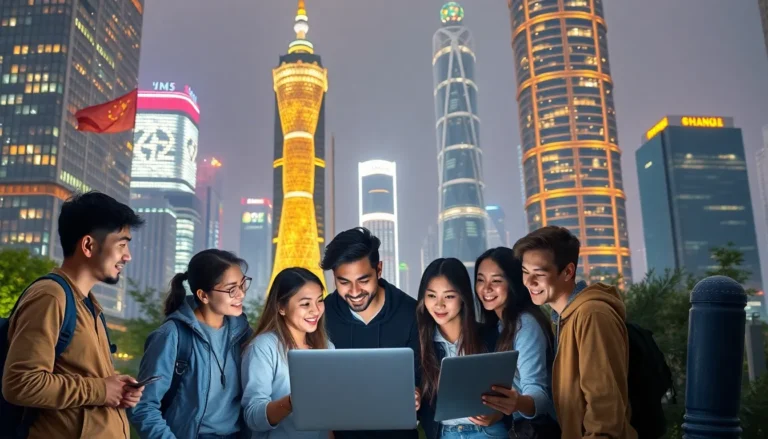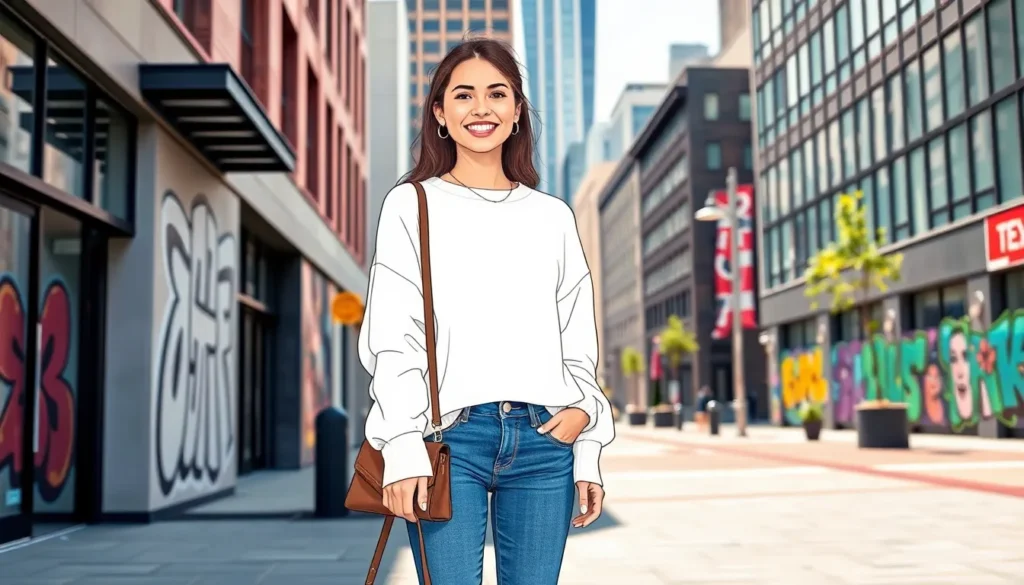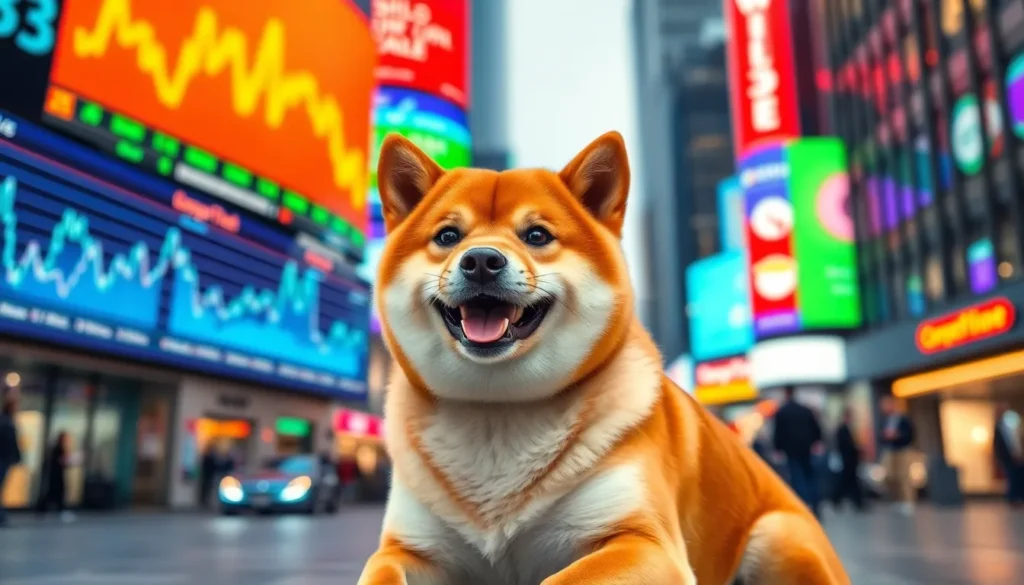In a world where attention spans are shorter than a cat video, visual culture trends are taking center stage. From eye-popping graphics to scrolling feeds that feel like a never-ending art gallery, it’s clear that visuals aren’t just pretty pictures—they’re powerful tools that shape our perceptions and influence our decisions.
Table of Contents
ToggleOverview of Visual Culture Trends
Visual culture trends reflect evolving societal values and technological advancements. These trends shape how people consume information and interact with the world around them. Digital platforms have transformed visuals into essential components of communication.
Social media platforms increasingly rely on strong imagery to capture attention. Platforms like Instagram and TikTok emphasize visually engaging content. Users engage with content that showcases creativity and authenticity. Vibrant images, short videos, and GIFs dominate feeds, driving user interaction.
Data from recent studies shows that visuals enhance retention rates significantly. Research indicates that content paired with images can increase comprehension by up to 65%. Eye-catching graphics help convey complex messages quickly and effectively.
Emphasis on user-generated content illustrates a shift in visual culture. Individuals increasingly share personal experiences and perspectives through images and videos. Authenticity resonates with audiences, forging deeper connections.
Emerging technology influences visual culture, particularly augmented reality (AR) and virtual reality (VR). These technologies create immersive experiences, allowing viewers to interact with visuals in new ways. Brands leverage AR for engaging marketing campaigns, enhancing customer experiences.
Trends continue to evolve as cultural movements influence visual aesthetics. The rise of minimalism and sustainability shapes design choices in graphic and product visuals. Bold colors and diverse representation also reflect a demand for inclusivity.
Visual culture trends play a pivotal role in shaping societal conversations. These trends not only affect branding but also impact individual expression. Staying informed about these shifts ensures relevance in a rapidly changing digital landscape.
Historical Context
Visual culture has undergone significant transformations, reflecting societal changes and technological advancements. These changes shape how individuals engage with and comprehend surrounding imagery.
Evolution of Visual Culture
Visual culture has evolved through various artistic movements and technological innovations. The invention of photography in the 19th century allowed for an authentic representation of reality. In the 20th century, modernism introduced abstract visuals, challenging traditional perceptions. The rise of the internet in the late 1990s further shifted visual culture, giving birth to vibrant online platforms. With the advent of social media in the 2000s, visuals became essential in communication, transforming engagement strategies across demographics. Recent years have seen a surge in user-generated content, furthering individual expression and connection. Thus, visual culture continues evolving, adapting to contemporary contexts.
Key Influences on Visual Trends
Several factors influence visual trends in modern society. Technological advancements play a crucial role, with smartphones and social media platforms facilitating image sharing. People’s attention spans have shortened, prioritizing eye-catching visuals over text-based content. Artistic movements, such as minimalism and maximalism, reflect broader societal values, including sustainability and inclusivity. Additionally, globalization fosters cultural exchange, blending diverse styles into contemporary visuals. Market research highlights that visuals enhance information retention, emphasizing the importance of striking imagery. Overall, these influences converge, shaping visual culture in significant ways.
Current Visual Culture Trends
Visual culture trends reflect the dynamic exchange between aesthetics and societal values. Observers note several key movements shaping current visual landscapes.
Popular Aesthetic Movements
Minimalism continues to gain traction, emphasizing simplicity and functionality. Maximalism, characterized by bold patterns and eclectic designs, contrasts this trend, showcasing individuality. Additionally, retro aesthetics featuring vintage elements evoke nostalgia while attracting diverse audiences. Streetwear culture integrates fashion and art, appealing to younger demographics. These movements signal a shift towards personalization, where individuals express identity through curated visual experiences.
Impact of Technology on Visual Trends
Technology drives significant changes in visual trends, reshaping how people engage with content. Platforms like Instagram and TikTok prioritize high-quality imagery, fostering creative expression. Augmented reality creates interactive experiences that elevate user engagement. Analytics demonstrate that visuals paired with text lead to 65% higher comprehension rates. Furthermore, the rise of digital tools enables creators to experiment and innovate, pushing boundaries in visual storytelling. With globalization, different cultural styles blend, further enriching the visual landscape.
The Role of Social Media
Social media significantly shapes visual culture trends in the modern digital environment. Platforms like Instagram and TikTok dominate with an emphasis on high-quality images and videos that captivate users.
Platforms Shaping Visual Culture
Instagram stands out as a primary influencer, with its focus on visually engaging content. Users encounter striking imagery that encourages exploration and creativity. TikTok also plays a pivotal role, integrating short-form video and music, enabling rapid consumption of trends. Snapchat, with its ephemeral content, fosters spontaneity and real-time sharing. Each platform cultivates unique features that influence users’ interactions and content creation. Research shows that images paired with text increase retention, enhancing the overall effectiveness of communication on these platforms.
User-Generated Content and Trends
User-generated content transforms how visual culture evolves and engages audiences. Individuals now share personal experiences through images and videos, creating authentic connections. This trend encourages brands to showcase user-generated content, fostering trust and community. Platforms like Instagram encourage this practice by providing tools for easy sharing and collaboration. A significant shift occurs as users prioritize authenticity over polished imagery. Trends reflect a desire for relatable stories and real-life interactions, reinforcing the importance of personal expression in visual culture. This growing trend cultivates deeper relationships and broadens the scope of visual communication.
Future Predictions for Visual Culture
Anticipating future visual culture trends involves examining the influence of emerging technologies and societal shifts. Augmented reality and virtual reality will likely create immersive experiences, altering interpersonal interactions with visual content. User-generated content will continue to rise as audiences seek genuine connections, encouraging brands to embrace relatable storytelling.
Social media platforms such as Instagram and TikTok are expected to evolve, supporting innovative formats for sharing visuals. Short-form videos might gain even more prominence, catering to decreasing attention spans while enhancing engagement.
Minimalist and maximalist designs could coexist, appealing to various aesthetic preferences. Bold colors and diverse representation are anticipated to sustain their significance, reflecting ongoing demands for inclusivity in visual narratives. Organizations and creators embracing these elements may capture audience interest more effectively.
Visual culture is also likely to reinforce sustainability as a core principle. Trends promoting eco-friendly design will align with consumer values, furthering connections between brands and their audiences. With increased emphasis on authenticity, polished visuals may fall out of favor, making way for raw, unfiltered imagery that resonates with viewers.
Globalization will continue to blend cultural styles, generating fresh aesthetics inspired by diverse influences. Art movements embedded in visual culture will adapt, with creators influencing both social conversations and branding strategies. Enhanced technology will drive engagement, leading to innovative forms of content consumption and interaction.
In this fast-paced digital environment, staying ahead of visual culture trends demands awareness and adaptability. Embracing forthcoming shifts ensures relevance in today’s rapidly changing landscape, shaping how individuals perceive and connect with visual content.
Visual culture trends are undeniably shaping the way individuals connect and engage in today’s digital landscape. As technology evolves and societal values shift, visuals will continue to play a pivotal role in communication. The rise of user-generated content and immersive technologies like AR and VR points to a future where authenticity and creativity reign supreme.
Brands and creators must adapt to these changes to remain relevant. Embracing diverse representation and sustainable practices will resonate with audiences seeking genuine connections. With the blending of minimalist and maximalist aesthetics, visual culture is set to reflect a rich tapestry of influences. Staying attuned to these trends will be crucial for anyone looking to navigate the ever-changing world of visual communication.

